Meteorites offer tantalizing clues about what the early solar system was like. But finding them is far from rocket science. Often, researchers simply fan out across a landscape and walk for hours while staring at the ground. Now, some scientists are turning to drones and machine learning to help spot freshly fallen meteorites much more efficiently.
A team of six people on a meteorite-hunting expedition can search about 200,000 square meters per day, says Seamus Anderson, a planetary scientist at Curtin University in Perth, Australia. But since the area over which a cluster of meteorites falls typically can’t be pinpointed to better than a few million square meters, searching can take a while, he says. “It’s quite slow.”
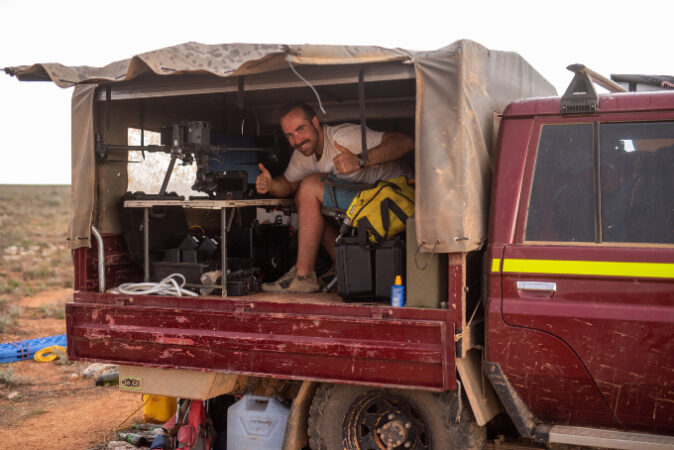
Around 2016, Anderson began toying with the concept of using drones to take pictures of the ground to look for meteorites. That idea blossomed into a Ph.D. project. In 2022, he and his colleagues reported their first successful recovery of a meteorite spotted with a drone. They’ve since found four more meteorites at a different site, the team reported August 17 in Los Angeles at a meeting of the Meteoritical Society.
Drone-based searches are much faster than the standard way of doing things, Anderson says. “You’re going from about 300 days of human effort down to about a dozen or so.” It’s also fun and exciting work, he says, but there are challenges too.
Anderson and his collaborators have used drones to search for meteorites in remote parts of Western Australia and South Australia. The team is tipped off about a fall site by networks of ground-based cameras that track meteoroids flashing through Earth’s atmosphere. Then, the hunt is on.
The researchers pack a four-wheel drive vehicle with drone and computer equipment, battery charging stations, generators, fuel, food, camping equipment, tables, chairs and more. The drive to the fall site can take more than a day, often on rough or nonexistent roads, Anderson says. “You hope you don’t pop a tire.”
After arriving, the team flies its primary drone at an altitude of about 20 meters. Its camera takes an image of the ground once every second, and the researchers download the data every 40 minutes or so when the drone lands to receive fresh batteries.
A typical day of flying can net over 10,000 images, which are then divided digitally into 100 million or so smaller sections. Those “tiles,” each 2 meters on a side, are fed into a machine learning algorithm that has been trained to recognize meteorites based on images of the real thing or terrestrial rocks spray-painted black. The latter are convincing stand-ins for real meteorites, Anderson says.
The algorithm is good but not perfect. It automatically discards most tiles — typically upwards of 99 percent — that don’t contain any meteorite-looking objects. But that still leaves roughly 50,000 or so tiles after a day’s worth of flights that must be manually checked by a human, Anderson says.
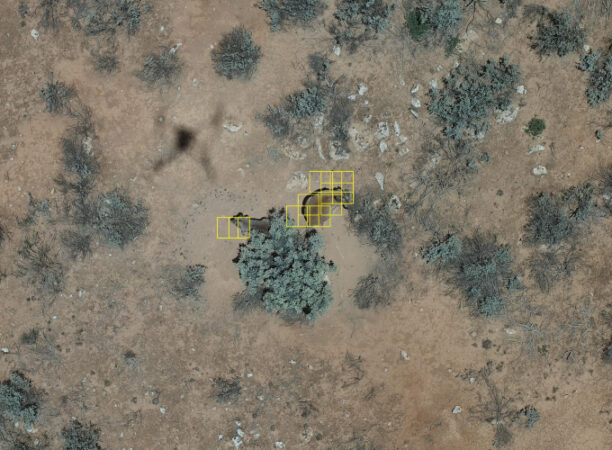
Most of the time, those tiles contain things that decidedly aren’t meteorites: animal poop, tin cans, snakes or sleeping kangaroos, for instance. Those objects get flagged as potential meteorites simply because the algorithm isn’t familiar with them, Anderson says, and it’s up to the team to winnow out those false positives.
For objects that still look convincing to the human eye, the researchers send out a smaller drone that flies much lower — about a meter off the ground — to investigate. Finally, the team goes out in person to examine promising candidates.
The researchers plan to train their algorithm to better avoid flagging things like poop and kangaroos as meteorites. And the team is working on making its computer code open-source so that other researchers can freely use it.
Anderson also hopes to see drones make an appearance in Antarctica, a hotbed of meteorite sleuthing (SN: 1/26/22). But the icy environment will present a whole new slew of challenges, Anderson says, such as making sure sensitive electronic equipment fares well in the frigid conditions and overcoming the logistics of working in such a remote place. “Antarctica is a whole different beast.”

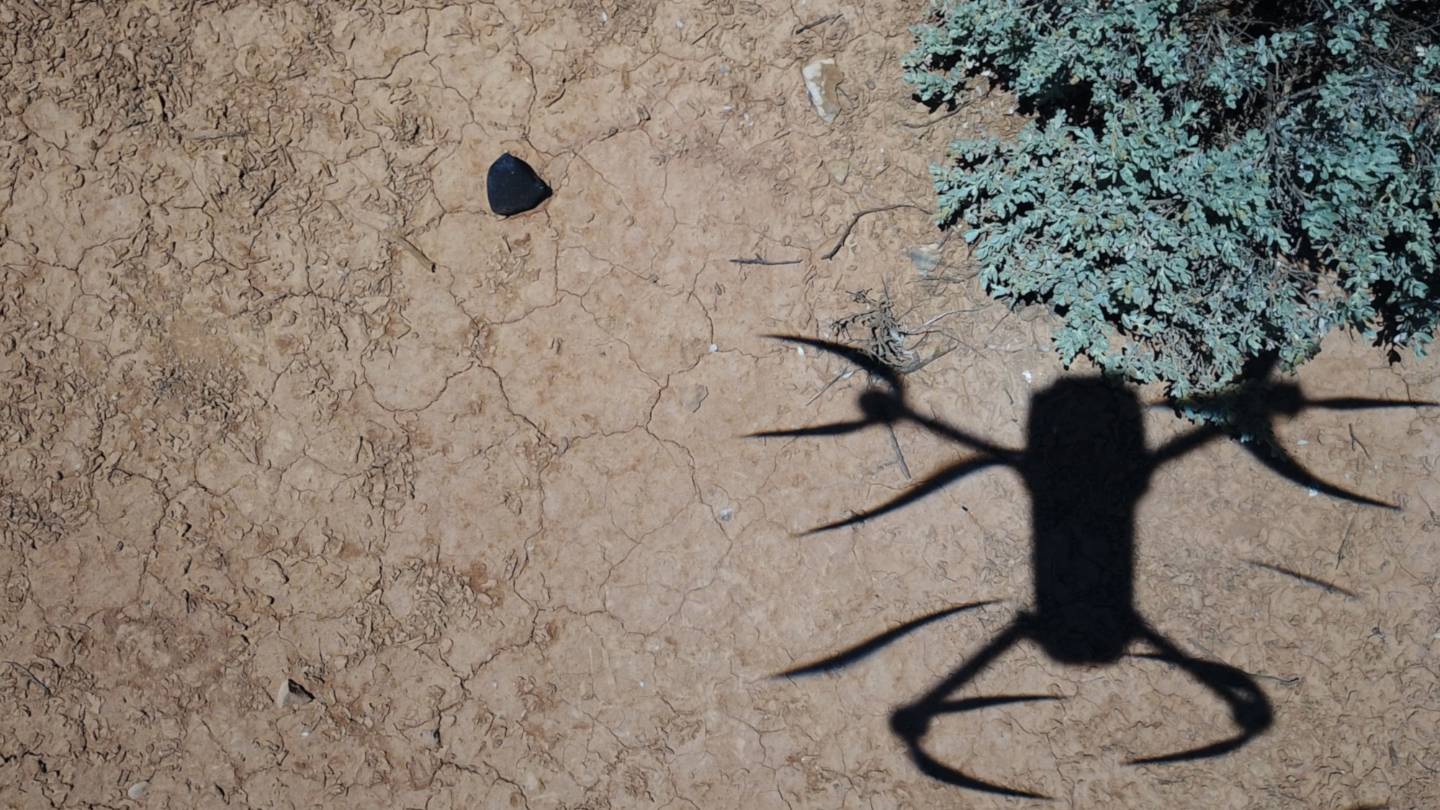
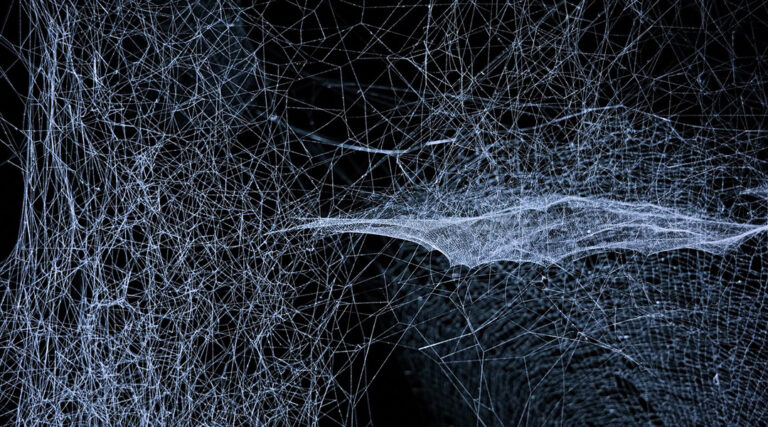


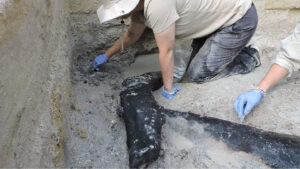

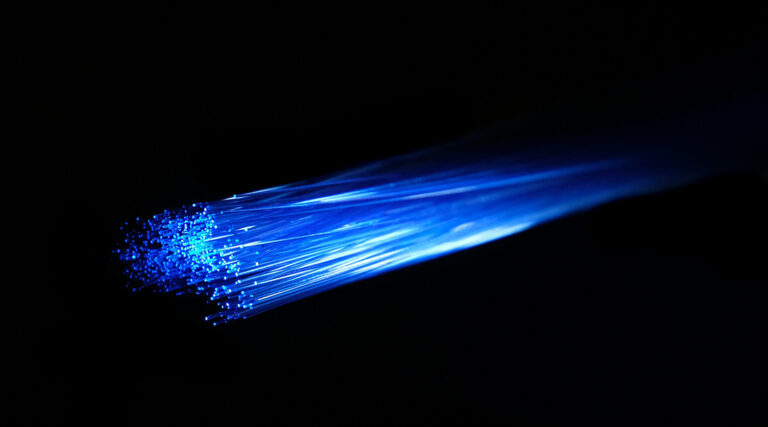




+ There are no comments
Add yours